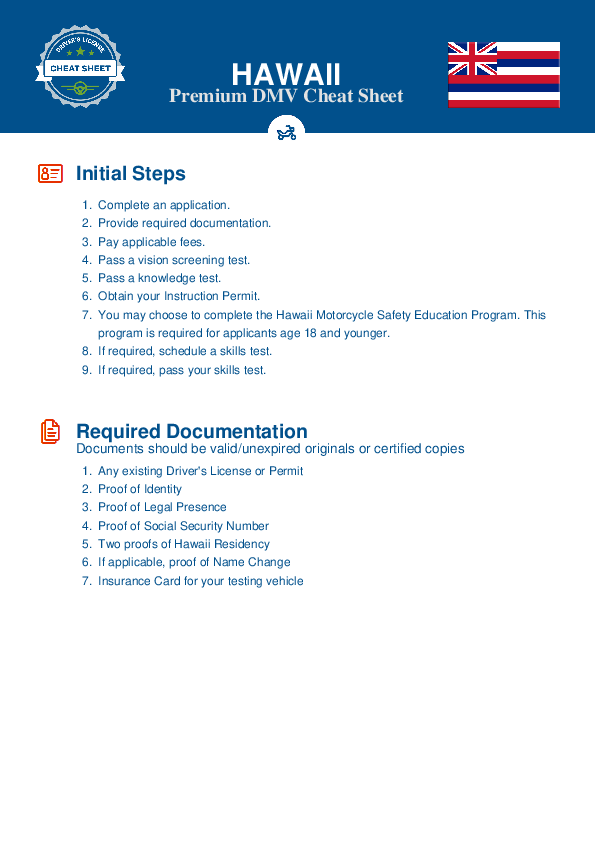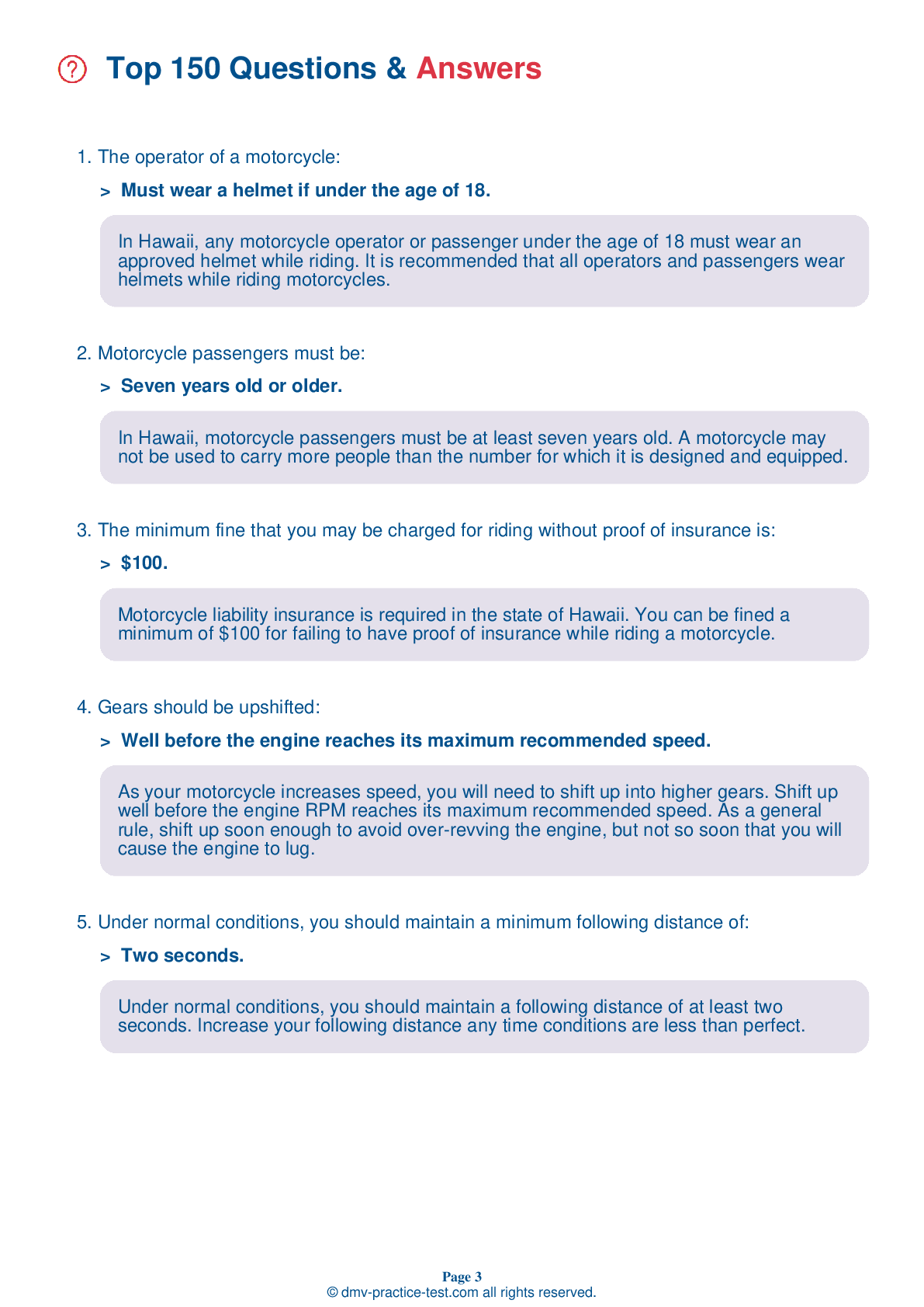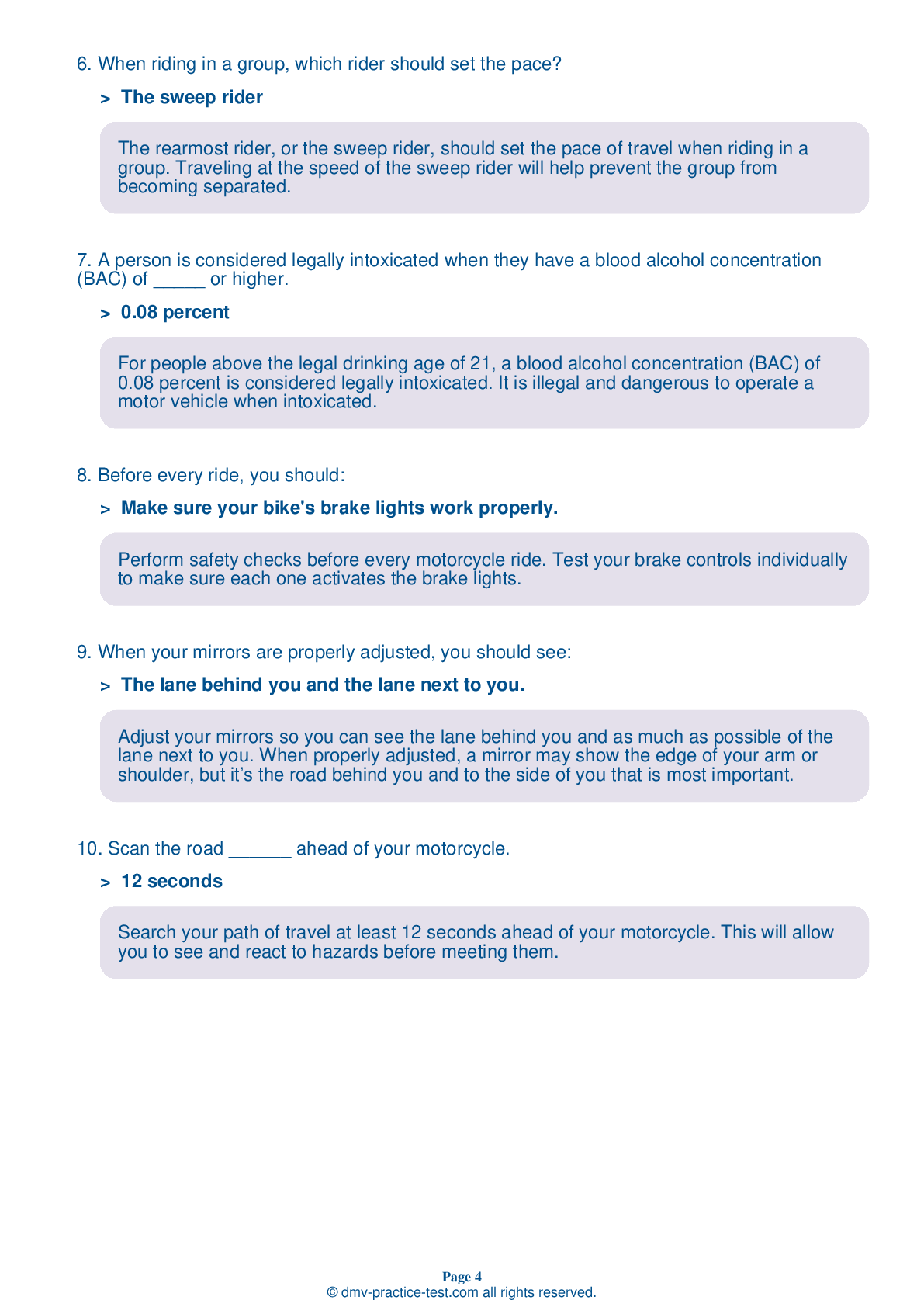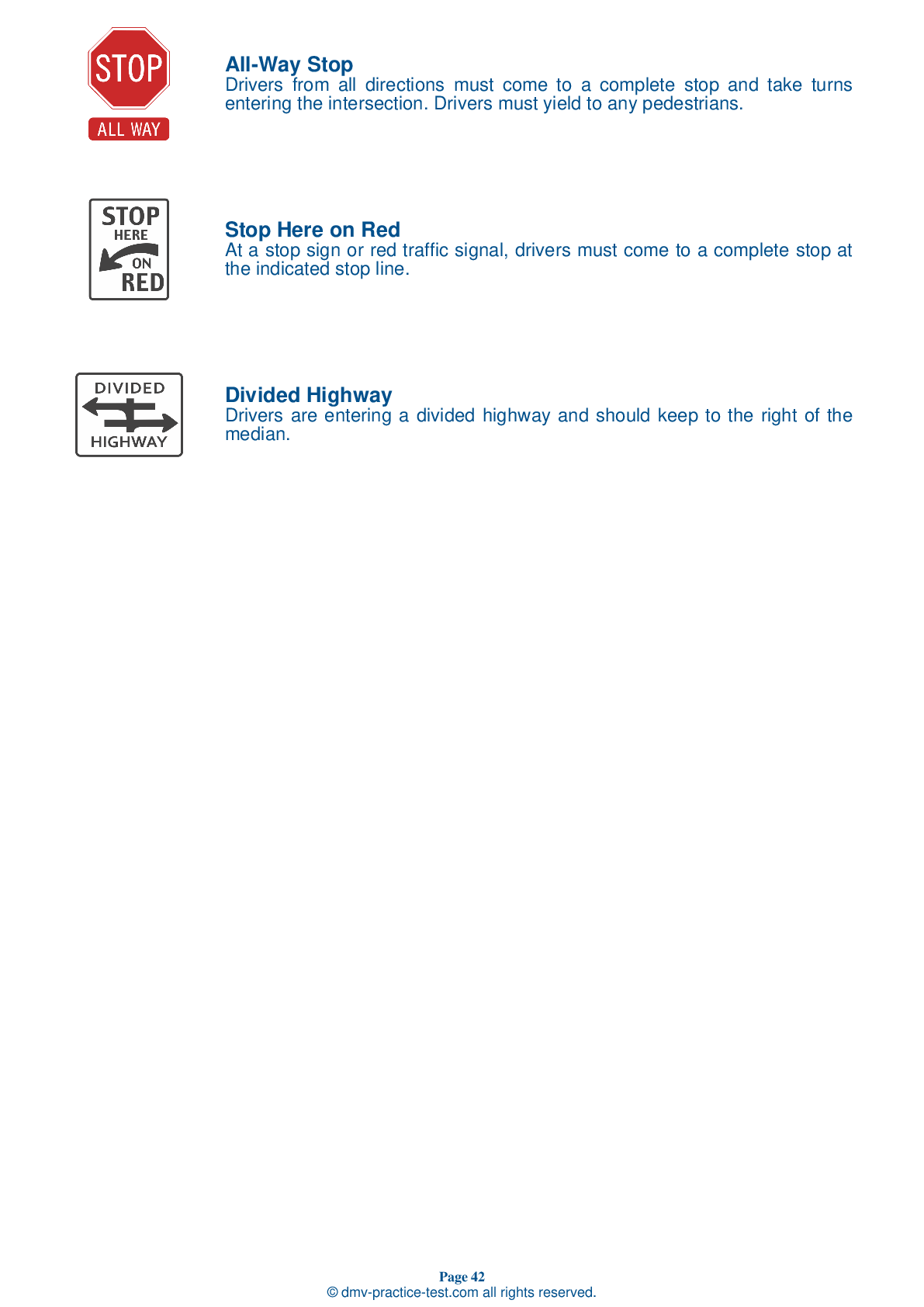Motorcycle Test | License HI 2025 | FREE Online Practice! #3 Page 2 of 4
Take this FREE motorcycle test (license in HI 2025) to check your knowledge of the road rules. To improve your results, download a motorcycle handbook online, study theory, and practice for free on our website. Still worried about how to get a motorcycle license in Hawaii in 2025? Check our website for more sample tests, train as much as possible, and boost your grades!
7 . To reduce your reaction time, you should:
In potential high-risk areas, such as near intersections, shopping areas, school zones, and construction zones, cover the clutch and both brakes to reduce the time you will need to react to potential hazards.
8 . What are the four steps to safely completing a turn?
To safely complete a turn, a rider should slow, look, press, and roll. The rider should reduce their speed when approaching the turn and look through the turn to where they want to go. They should press the handle grip in the direction of the turn and roll on the throttle through the turn to stabilize suspension.
9 . If your drive chain breaks, you:
If your chain breaks while you are riding, you will notice an instant loss of power to the rear wheel. Close the throttle and brake to a stop.
10 . What does alcohol do to your riding skills and judgement?
Alcohol negatively affects many skills needed for safe riding, including your reaction time and ability to see clearly. It can also harm your judgment of speed and distance, lower your inhibitions, and make you more prone to taking chances.
11 . Which vest or jacket color would best help you to be seen?
Wearing brightly-colored clothing while riding will increase your chances of being seen. Bright oranges, yellows, reds, or greens are best and are preferable to drab or dark colors.
12 . This sign means:
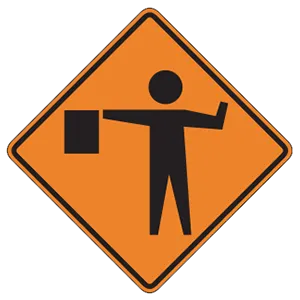
This sign indicates that there is a flagger ahead controlling traffic in a construction area.
See the exact questions that will be on the 2025 Hawaii DMV exam.
99.2% of people who use the cheat sheet pass the FIRST TIME
Jeneen was tired of paying $5/gallon. She got herself a scooter that required the motorcycle license. She studyed the motorcycle test cheat sheet and passed her test the next day!
Christopher tells us how he knew nothing prior to obtaining the motorcycle study guide, and he only got one question wrong because he clicked on the wrong answer by mistake.
